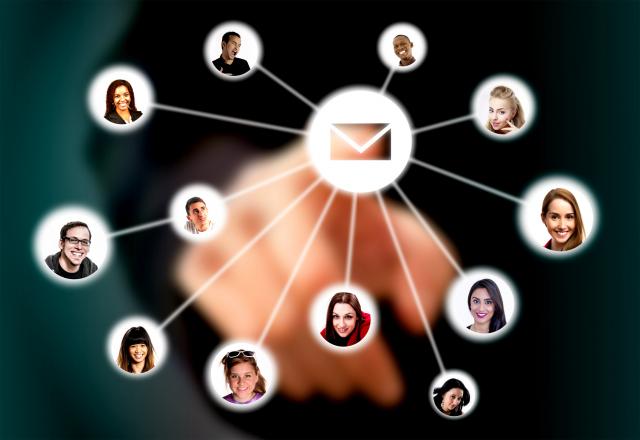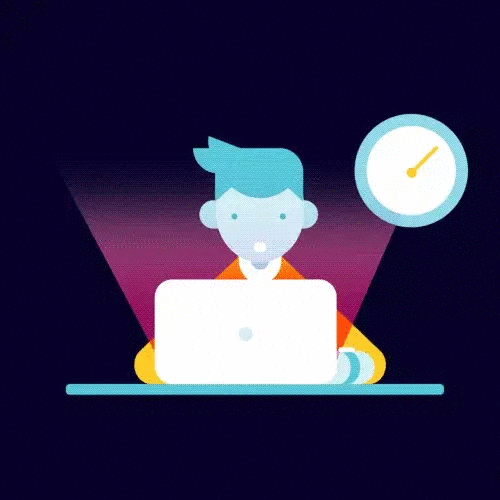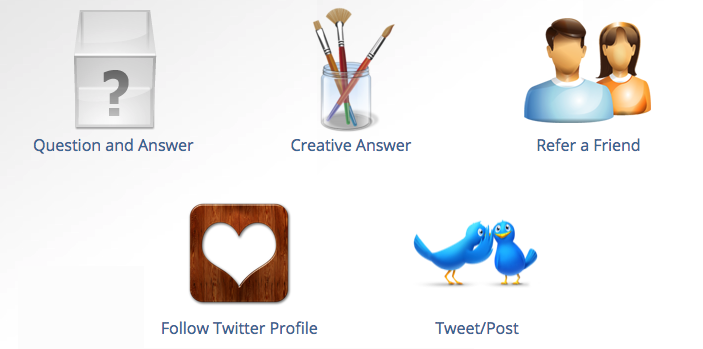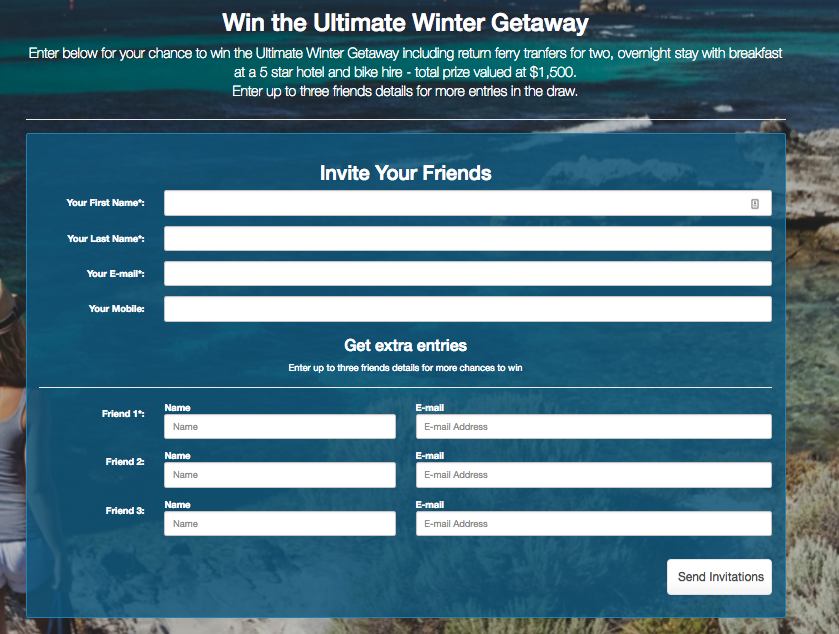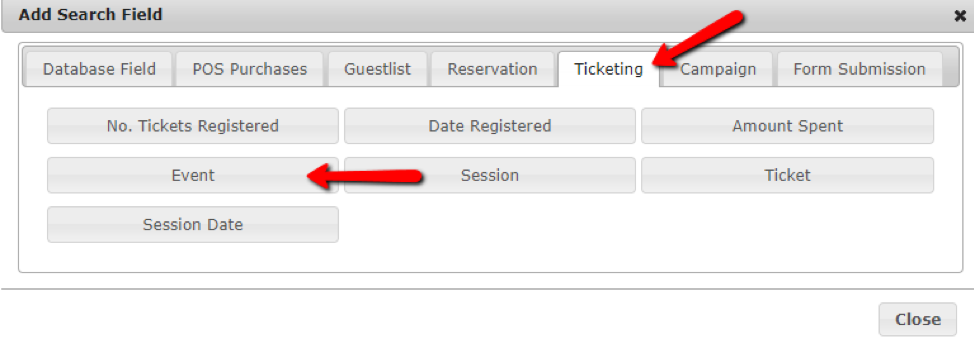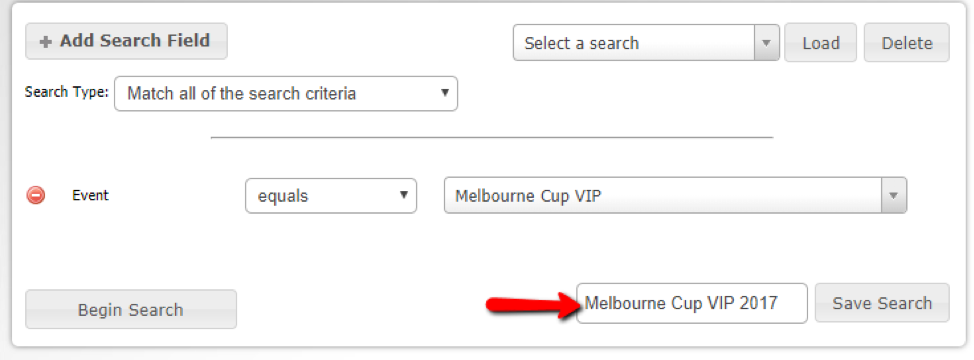Real Talk is a segment brought to you by MyGuestlist and Sprout where industry people give opinions, views and insights on what is happening, what could happen and what should happen.
No selling. No soliciting. No bull.
Just real hospo talk.

To kick-off, we’re catching up with restaurant profitability expert Ivan Brewer. Ivan Brewer is on a mission to improve the profitability of businesses in the hospitality industry. Ivan’s unquenchable thirst for knowledge has served him well as he found himself leading teams at a young age and has since led several successful multi-million dollar companies in the hospitality and innovation spaces. Thanks to the sheer breadth of his experience, and endless curiosity Ivan has some unique insights into what truly makes a business thrive.
Ivan now consults to technology companies that support the hospitality industry, has worked with more than a thousand business owners to help them improve their business practices, choose technology that will positively impact the bottom line, and ultimately help them become more profitable.
Let’s get stuck right in to it. What are we seeing at the moment in the industry worthy of highlighting?
A few things stand out for me; on one side we have a rather maudlin narrative of doom and gloom; that this is the destruction of the industry as we know it, that hospitality will never be the same, that the market and the customer will have “an awakening” that will gift our industry greater success, or are elbows deep in the solution perspective of operators ducking and weaving, changing and changing again, thriving on the roller coaster of change and in some cases thriving more than they have ever before.
The positivists are wading through the pandemic with eyes wide open and challenging everything they thought they knew. This is the place we need to be right now.
What’s your top-line, general view on resetting and “The Reopening”? How is the industry going to handle it? How should they?
Reopening should be a continuation of what we are doing right now; for many operators, they have never before been subject to so much change. A perfect personification of that is Noma, in Copenhagen, reopening as an outdoor wine and burger joint, where you don’t even have to book! And you can buy a grab and go cheeseburger for $15! 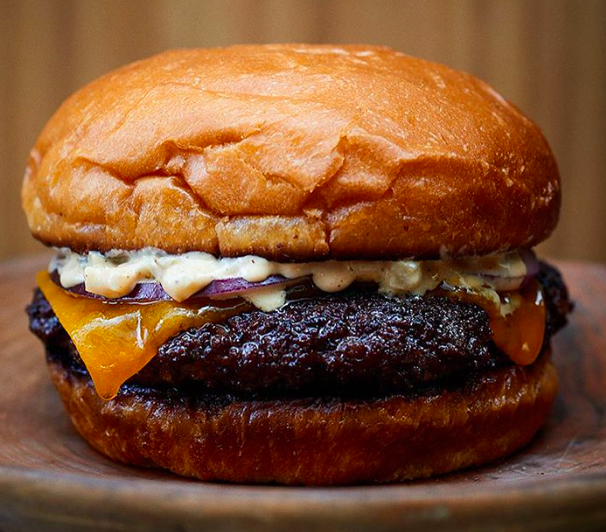
This is one of the greatest restaurants we’ve ever known moving from its extraordinary food innovation, with waitlists measured in years, and completely reinventing itself.
The resetting of the minute is being whatever you need to be to stay in business, to keep revenue flowing through your tills, and to your staff and suppliers. That may range from the worlds greatest chef, Rene Redzepi, serving burgers to restaurants serving groceries, to selling and delivering pre-packaged meals direct to customers homes.
This fleetness of mind has long been forgotten in our typical operating days; we’ve become mired in “how it’s always been done” for way too long, and this new open-mindedness is very exciting.
A key characteristic of success, or even staying in the game, at the moment is short decision horizons. Hospitality is poor at actually understanding what is happening on the business side of the business; good at service and food, not so good with numbers. The rate of change has been so extreme that no business can wait for the BAS statement to measure its performance. No business can wait even to the end of the month. We need to be as close to real-time as is possible.
What mistakes do you think venues are bound to slip right back in to and not consider fixing?
A set and forget mindset; a menu is designed, at best, a couple of times a year. We have been so begrudging of uploading new info, complete with recipe breakdowns, into our POS systems, that we design menus with little more than gut feel, and almost always without any sense of strategic imperative, we set up perpetual rosters, with the same start and finish time regardless of budgets and the weekly variations in trade, and most of all we don’t actually design the business for optimised profit. We fall into the redundant performance measures of 30% labour and Cost of Goods (COGs) targets regardless of the specific nature of the business.
Is the virus to blame for everything? What was wrong before?
The market was saturated. We had an increase from 14,000 to 42,000 cafes and restaurants in a decade, but the total market only increased by five percent. We tried to punch square pegs through round holes, committing to imaginary performance targets without any sense of why, and certainly no appreciation of our own unique operation, and we wanted the market to change, not to change ourselves. Over and over again we would hear industry calling for customers to pay more; which is, of course, a waste of effort. We have allowed ourselves to become a commodity; the café industry is a perfect example of this. What does one café do that’s truly different to another? When everyone is selling the same product, price become the default strategy.
How did we get to a place where some venues don’t have enough cash to get through a couple of months?
As a collective result, we were an industry mired in low, single-digit profits, a 50% failure rate, and 40% of businesses made no money or lost money; it was a disaster waiting to happen,
We are a cash-rich, low-profit industry, with many operators existing on the whims of their suppliers, trading one late invoice with another, withholding super, GST or tax obligations. We struggled to survive a winter off-peak season, let alone a complete cessation of trade as we have seen through this pandemic.
Should everything change? Does it need to? What’s not changing?
As an overall perspective, yes, and no. Whilst the granular detail has changed with seating restrictions, distancing etc, we still serve food and beverage to customers to make a profit.
How we conceptualise and comprehend what is going on within our business does need to change. Long gone are the days of simply producing good food and service as a pathway to success; It doesn’t replace the art of hospitality, but the art must exist within a context of business success.
What does that mean? Briefly, we must understand explicitly what is occurring within our businesses on a day by day basis. We must measure that on a weekly basis; this includes weekly stocktakes, which have been seen as “optional” for too long.
Traditionally Hospitality has existed in long term decision-making horizons, at best informed by BAS statements or quarterly results. This is way too long. We must be empowered with information that allows a change of direction when things go awry because a business can lose a months worth of profit within the context os a single week.
Things like understanding the performance of our menus must evolve beyond the old “stars, plowhorses, dogs and puzzles,” which has been out of date for a generation. We must understand how our inventory performs; how often it turns over, how long money simply sits on the shelves.
And we must progress beyond “standard” performance indicators like 30% labour and COGs targets. To pursue these ill-conceived and irrational practices, long beloved by the industry is to decrease profit and increase the chances of failure.
How does a venue gain cost efficiency without sacrificing its DNA and brand?
This is a really important question, because it is assumed to be, but isn’t an either-or. We tend to equate “quality” with price, but that is simply wrong. True skill in cooking, for example, comes from turning less expensive products into wonderful tasting food.
We need to understand that true efficiency is the governing principle, as it implies doing more with less. So often, for example, we assume a high level of service on the floor equates to more servers. BUT rostering, and hence the number of staff on at a given time, must exist within a strict budget. It is plainly silly to over-staff, and hence lose money, in the pursuit of a customer service outcome. We cant simply keep throwing more bodies at the problem.
What is crucial here is that we have a clearly defined business model that is built around executing a strategy on how to be profitable. That incorporates Menu Design, pricing strategies, and service styles. These core aspects are what define the brand. If we have a conflict between the operation and the brand the business itself has an element which is wrong and must correct that.
An example would be seeking efficiency in a finer dining restaurant through tablets placed on the table. When the essence of service in that restaurant is face to face interaction, and the co-creation of a dining experience between the server, the restaurants and the customer. If the restaurant is aiming to reduce its labour spend, it should instead focus on pricing, or average spends, or indeed its fixed costs and COGs.
Number 1 mistake currently being made?
We are spending too much money on the wrong kinds of technology. A strong trend I have noticed is that tech spends per restaurant have exploded from a few hundred to many thousands of dollars a year. BUT profit has not increased.
Not all technology solutions have value, and not all of them work within the context of a specific restaurant. We must frame every expense into one of two camps – will it save me money? or will it make me money? We must interrogate the technology that is constantly knocking on our doors and understand exactly what it provides, and how it enhances our business.
To some extent the food tech industry has become beset with outrageous and unsubstantiated claims. We must be more dubious of them.
To put it into context; a restaurant performing better than average would make a 5% profit. A $1,000 per year spend equates to $20,000 of revenue. We simply can not afford for the spend to NOT attract a return, again either saving or making us money.
Number 1 activity in any area (financial, staff, tech, marketing, ops, training) which the industry is doing well and must continue with?
The most successful businesses are run just like that – a business. The very best operators are on top of where their business is, at any given time. And, most of all, are hands-on. I don’t believe that the Hospitality, as a general rule, fits with Michael Gerbers “E-Myth”’s famous quote of “working on and not in your business”. Whilst, yes, we must do the work on the business, we MUST be hands-on in it too. We must see with our own eyes what is going on, and be constantly curating. Because numbers alone simply can not provide you with the insight you need to be success ongoing.
Look out for Ivan’s upcoming projects and keep in touch with him on LinkedIn


